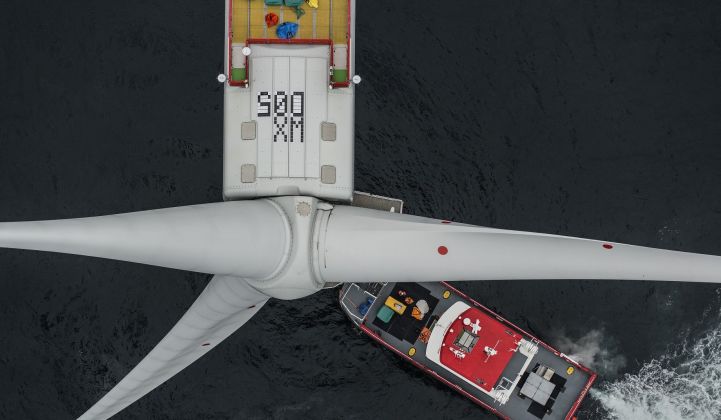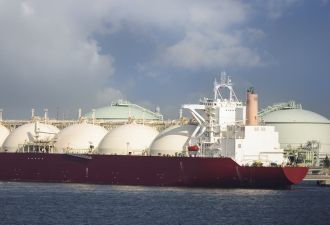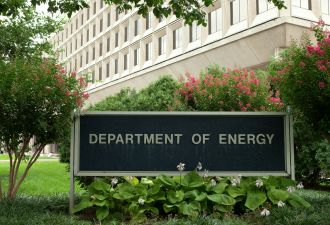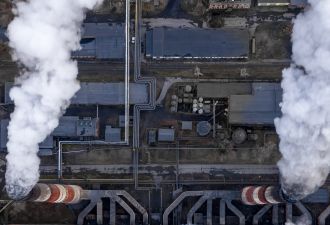Vineyard Wind’s trailblazing offshore wind farm for Massachusetts will not reach completion in 2022, with the developer bowing to reality after the federal government confirmed a later-than-hoped permitting deadline for the project.
Last week the Bureau of Ocean Energy Management (BOEM), which oversees offshore wind seabed leases, quietly published an updated timeline for its outstanding permitting decisions for Vineyard’s 800-megawatt project.
Initially slated for completion in two phases in 2021-2022, the $2.8 billion project hit a snag last August when BOEM decided to conduct additional studies on the cumulative impact of the growing list of offshore wind projects planned for U.S. waters.
As of last November, Avangrid, co-owner of the project alongside Copenhagen Infrastructure Partners, was still holding out hope that the additional studies could be finished by the end of 2019, with a final decision made by the second quarter of 2020.
But BOEM now says a final decision may not come until December of this year.
"We have received updated information from the Department of Interior that indicates the Final Environmental Impact Statement for the Vineyard Wind I project will be published later than what was previously anticipated," Vineyard Wind CEO Lars Pedersen said in a statement on Tuesday.
“While we need to analyze what a longer permitting timeline will mean for beginning construction, commercial operation in 2022 is no longer expected,” Pedersen said.
State officials have hinted at BOEM’s new timeline in recent weeks. “What we’ve heard is they’re giving themselves a healthy time budget to make sure they can hit it. And if they can do it faster, they will,” Kathleen Theoharides, Massachusetts’ secretary of energy and environmental affairs, reportedly said last week.
Vineyard has said that due to its permitting delays, it will push for an extension of its qualification for the federal Investment Tax Credit, which will be critical to the project’s underlying economics. The developer may also take advantage of the additional time to switch to larger wind turbine blades or reconfigure the project’s layout to better accommodate fishing interests. MHI Vestas won the project’s massive turbine order.
While Vineyard’s delay will mean further headaches for the developer and its supply chain, simply having a firm deadline from BOEM on the record brings a sense of certainty to the industry.
The update “provides important clarity,” said Laura Morton, senior policy director for offshore at the American Wind Energy Association.
“Moving forward, it’s critical [that BOEM] meet or accelerate the announced schedule, expedite the review for other offshore wind projects under development, and move forward with auctions for new wind energy lease areas, which will create thousands of new jobs and economic opportunities nationwide,” Morton said in a statement.
Since its Massachusetts projects stalled, Vineyard scored another big win, securing a deal in Connecticut for its 804-megawatt Park City project. As part of that deal, Vineyard will help to transform Bridgeport into an industry hub for offshore wind.
Separately on Tuesday, the state of Connecticut announced a final agreement with developer Ørsted and utility Eversource to invest $157 million into New London’s State Pier through a public-private partnership, setting the state up for a second industry hub.
***
A free research insight from Wood Mackenzie outlines growth prospects and challenges for offshore wind in the 2020s. Download it here.




